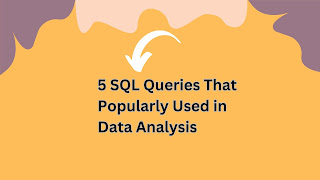The process of developing AI applications you need different skills. Acquire the knowledge and skills for developing various intelligent information systems through a basic grasp of computer science and information processing technology. Courses : Computer programming, data structure and algorithms, programming for systems design, object-oriented programming, computer systems, mathematical logic, automata and language theory, logical circuit, computer networks, etc.
Develop a novel technique of intelligent information processing in which computers collaborate with human beings, by learning various technologies in intelligent information processing. Courses : Basis of AI, AI programming, AI system design, logic and proofs, inference and learning, knowledge base, natural language processing, pattern understanding, computer vision, computer graphics, etc.
Master the fundamentals of mathematics and natural science. Courses : Linear algebra, analysis, discrete mathematics, probability and statistics, applied analysis, differential equations, classical physics, modern physics, etc.
Mathematical Informatics Section: To explicate the process of intelligent activities based on logical reasoning by human beings and to create novel methods of problem-solving by implementation with computers. Topics : Automated reasoning by logic, data compression, retrieval and mining, development of various efficient algorithms, fluent motion controls of automobiles and robots, etc.
 |
| AI skills |
AI Architecture Section : To establish the techniques for designing hardware and software systems necessary for the development of the next-generation of intelligent information processing systems.
Topics : Parallel distributed environments, next-generation interfaces, new technology for software design, the design of cutting-edge software systems, etc.
Media Informatics Section : To develop essential technologies to make computers human-friendly, such as natural language interfaces and automated visual recognition.
Topics : Intelligent tutoring systems, human-computer interactions, computer graphics, pattern recognition, computer vision, information extraction and classification from natural language, etc


.jpg)
Comments
Post a Comment
Thanks for your message. We will get back you.